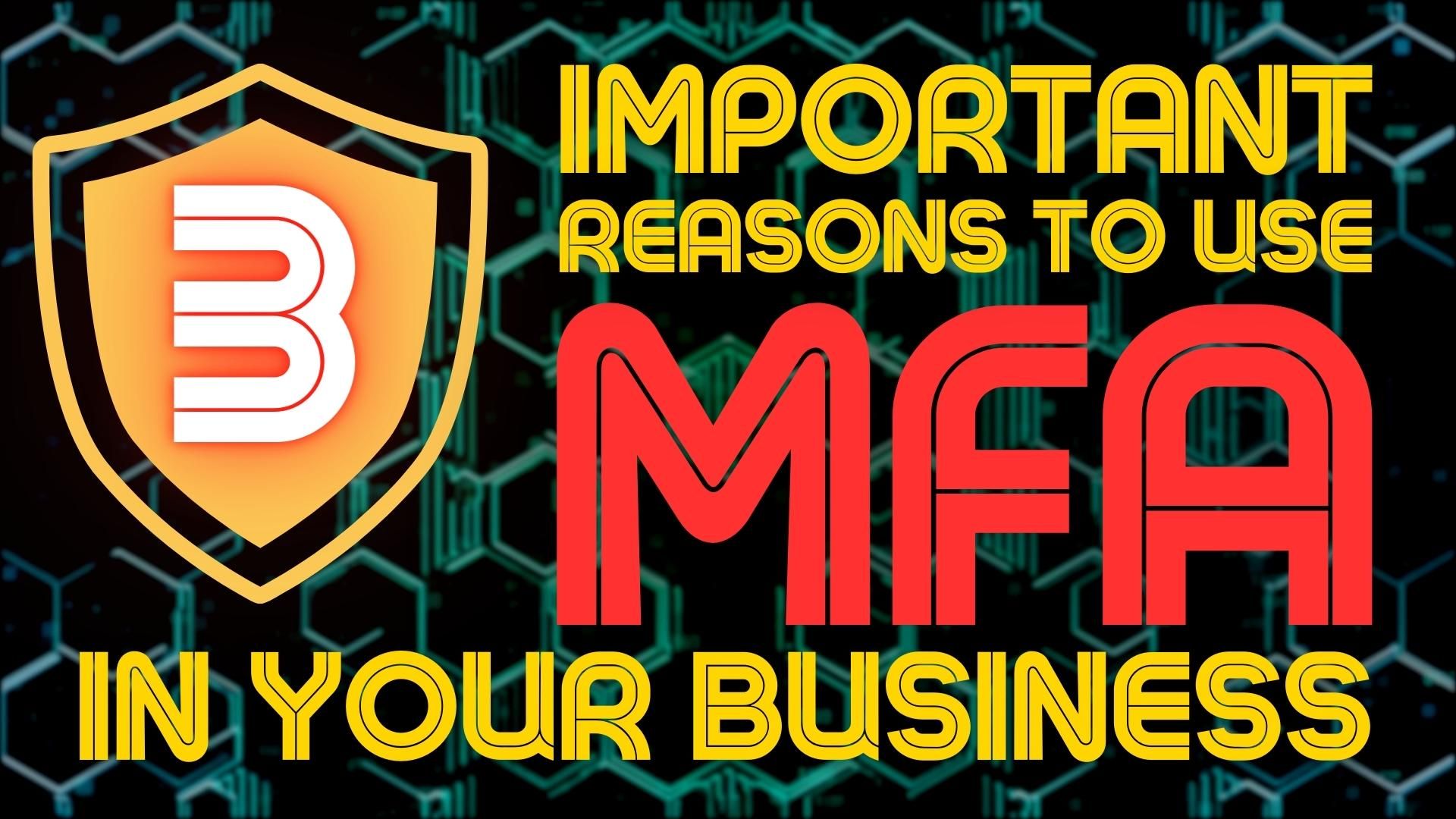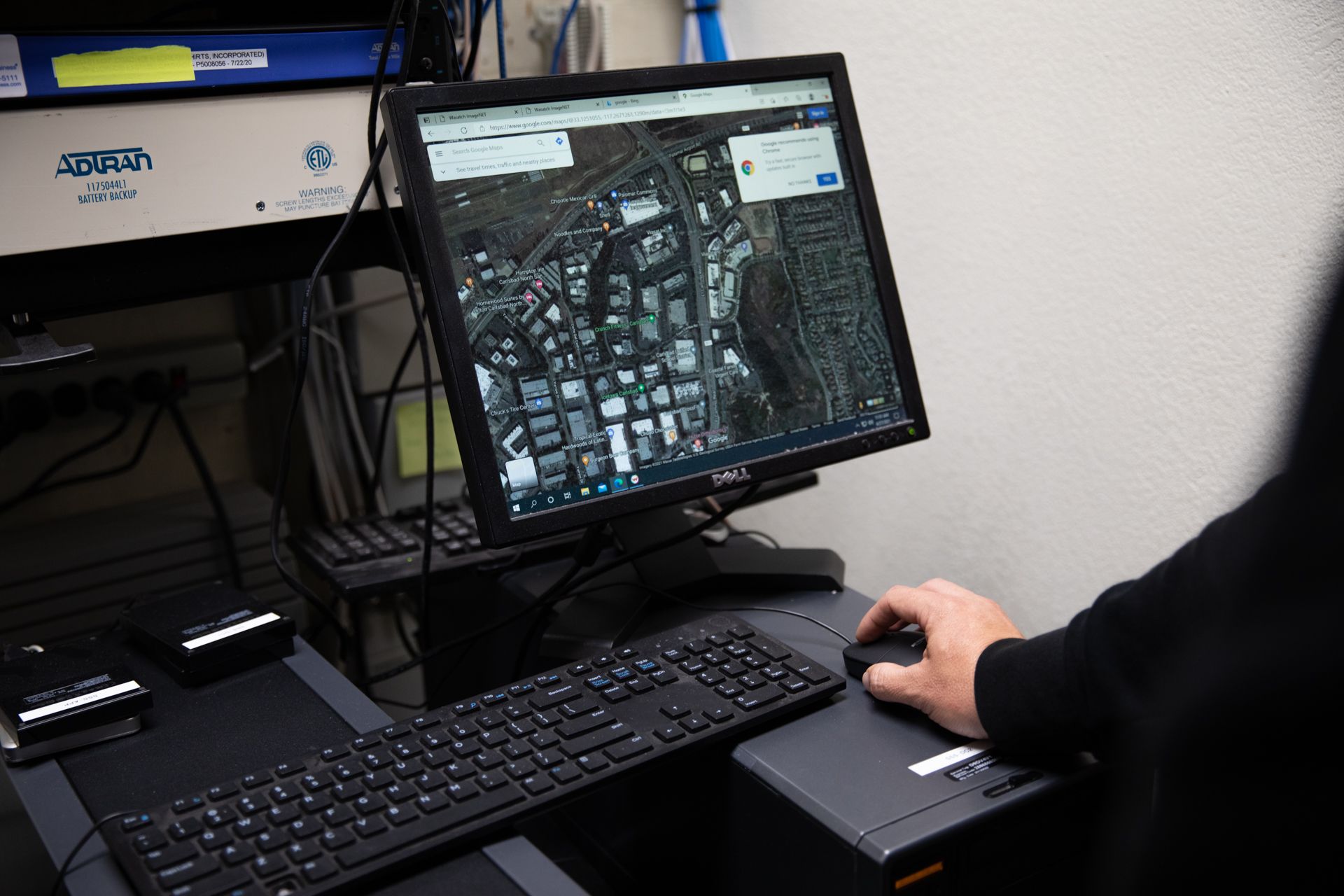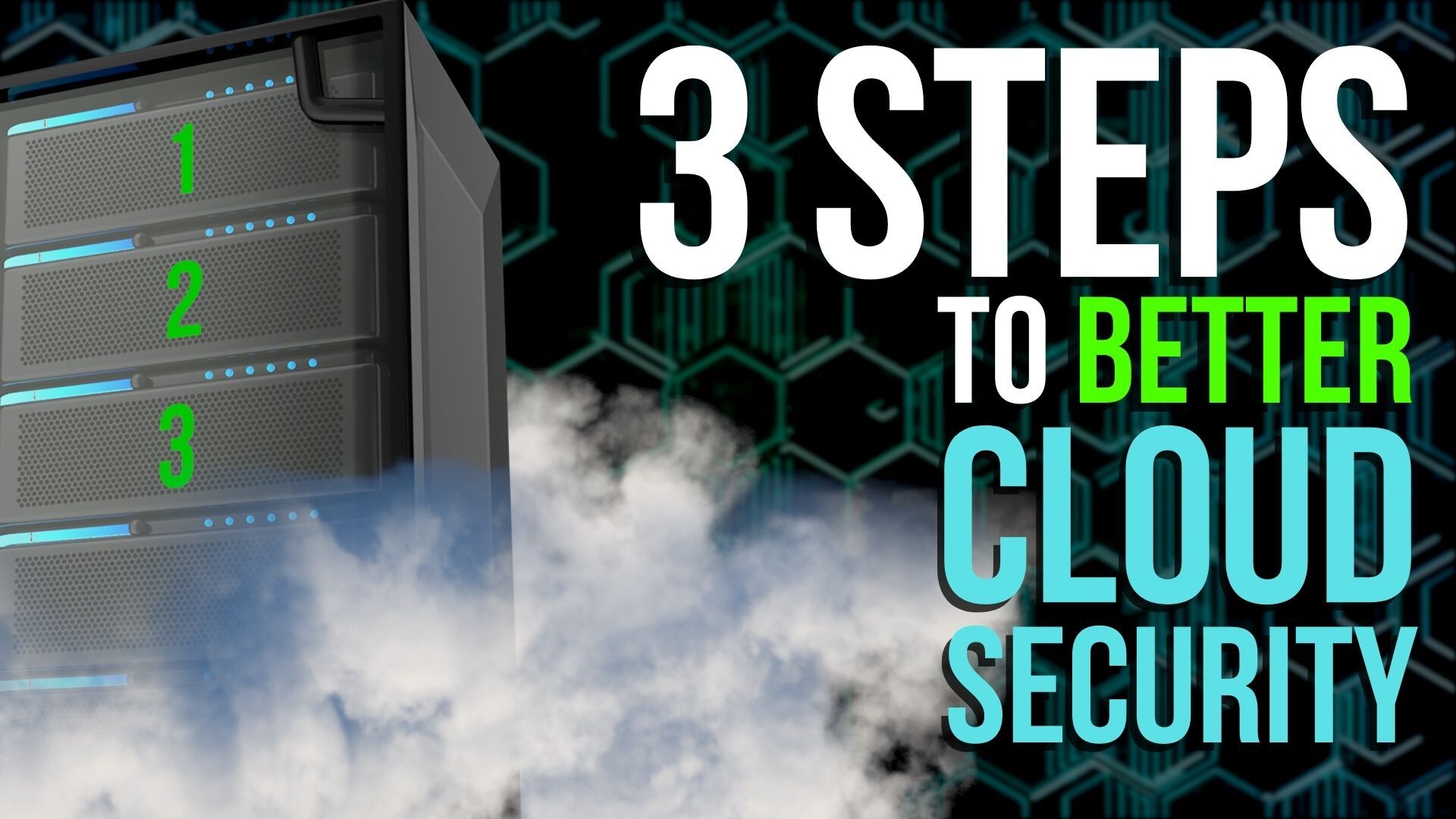Wouldn’t it be great if…
How to start planning a big IT project.

All good things must come to an end.
Desktop machines that were once shiny and new are now bulky, outdated and slow.
That system that revolutionized your office when it was first installed, now feels like it’s fighting you at every turn. It’s been tinkered with, had extra bits stuck onto it and it’s been modified to do things it was never designed to do. And in this interconnected world, where all your systems should be talking to each other? It just won’t play nicely with others.
It’s time.
But a major change to your IT infrastructure isn’t something to be planned in a hurry. So if you’re starting to think about ending it with your current systems and bringing your business into the 2020s, there’s plenty to think about before you commit to another long-term relationship.
We’ve written this guide to be your friend as you start the process of planning for a change.
- How do you determine your needs?
- Who should you involve?
- What haven’t you thought of?
- Where do you even start?
That bit, at least, is easy. You start right here…
Understand. Define. Think ahead
You’re thinking about making a major investment – of time, money, effort and headspace. So take proper time now to understand how you got to this point. Is it solely about IT, or are there issues around process or workflow? Are there even steps in your workflow that only exist as a workaround for something your current system can’t do?
You need to define everything you’d like the upgrade to achieve. And think beyond solving the immediate problem to what your ideal solution could deliver. Write down all your “Wouldn’t it be great if…” questions.
Upgrading your IT isn’t necessarily about buying a newer, more powerful version of what you’ve already got.
It might well be that simple. But this could also be an opportunity to align your thinking with your wider plans for the business. If one department has outgrown an old system, think how a new solution could scale for where you want to be in two, three, five years’ time. Could several different databases be merged into a single 'source of truth’ allowing every department to be connected and processes to be streamlined?
This may not be a today thing. But what happens as you grow? If departments merge, offices close? Will more people be working from home? Will they need access from different places? What devices will they be using? How much more data will you be processing? And where will it be stored? Can your systems cope then?
Should you move to the cloud?
Modern cloud-based solutions mean you won’t be paying for a bunch of unused capacity straight away – you pay for what you need and then step up as you grow.
This can introduce new ways of buying software and systems, often by regular subscription. Software as a Service (SaaS) and Platform as a Service (PaaS) are becoming the norm in many industries, and remove a lot of in-house management.
But that also means thinking differently – and more seriously – about your security and your wider processes. How do your people communicate with each other? How easily can they access the information they need? How secure is it?
What if you go under a bus?
It might be your end goal to exit the business, or to be less involved in day-to-day operations. So what would happen if you weren’t here? If everything currently falls apart when you’re not around, look at systems and workflows that keep running when you’re not there to sort things out – for any reason.
Keep it simple, document everything
It's quite common for businesses to want to over-customize their infrastructure. Many businesses really do need something fully bespoke. Others end up with a setup that’s far too complex because they want to shoe-horn a new system into a familiar way of doing things. Often, the latest solutions offer surprising productivity benefits – but you may need to be prepared to flex the way you work to get the best out of them.
Use this opportunity to embed logical process improvements. And document everything. This will help save time and resource as you work through any teething issues, and it can form the basis of staff training.
Research, research, research
There's a vast range of possibilities on the market. The rise of SaaS (Software as a Service) is adding even more choice, and finding the right solution can be overwhelming.
This is where expert advice and contacts in your network come into their own. Listen to recommendations and speak to an IT professional with wide expertise. How well is the software supported and routinely updated? How easily does it integrate with other solutions? Is there an alternative option that you haven’t even considered?
Many software solutions offer a free trial period. This allows you to see how it works in practice, but will also give you a good idea of the support and communication you’ll receive before making a long-term commitment. Because if you do find that a solution doesn’t do everything you’d hoped, you’ll start to introduce those clunky workarounds again and eventually end up back at square one.
Plan your data migration
If you’re switching from an old system to a new one, plan for how you will transfer your existing data – it’s usually not a simple export/import. Make sure your backups are intact, and have an emergency roll-back plan so that you can quickly get back to where you were and keep working if an implementation doesn’t go smoothly.
Have an implementation and training plan
Have training sessions with your new applications, and make sure everyone understands why the change is happening. It’s common for people to be resistant to new ways of working.
You could have a trainer come to your premises, or use online sessions via video call or interactive training courses.
Choose the right experts from the get-go
Whether you know exactly what you need, or you don’t know where to start, the right experts will support you all the way.
A professional who does this every day won’t see this as the daunting prospect it might feel like to you. They’ll foresee issues before they arise and take the weight of responsibility off your shoulders.
Look for a provider who’s done this before with similar-sized businesses. Someone who’ll take the time to understand the level of customization and personalization required, and will think about your overall needs.
And find somebody you like.
Every provider will tell you how great they are, but there may be many different ways of answering the same question. So explore your options. Get to know them, and ask to speak to their current clients.
If they do a standout job, they could become an IT partner you’ll be working with for a long time. If they leave you feeling let down, you’re unlikely to want to work with them again.
Talk to us
If you’re considering any IT project and want to speak to a professional, talk to us first.
We specialize in lots of areas and work across a whole range of different solutions.
And if we think you need a specialist who’s not on our team? We have access to a whole network of experts, so we can introduce people who’ll deliver the best outcome for you.
Get in touch today.

Services
Service Areas
Company
Contact Information
- info@wc-itgroup.com
Mission Statement
“We are technology with a heart." We work as a partner with your business to learn what makes you tick. Then find the right technology to make you shine.
All Rights Reserved | West Coast IT Group | Web Design & Development by GoBeRewarded









